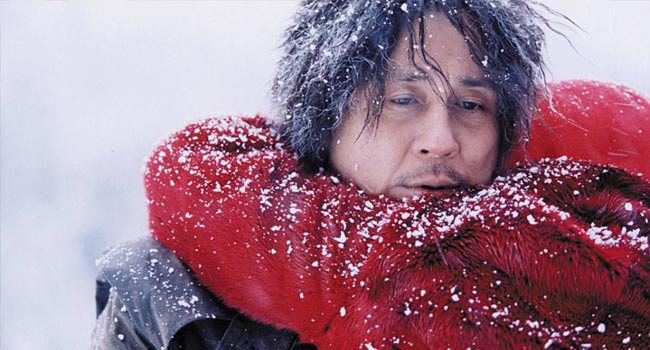
Revenge as a theme is one of the most common in cinema and has been for the majority of its history, it’s also been the main ingredient of stories whose origin stretches back over the hundreds of years of human creativity. It’s a simple formula in its basic form; someone is wronged, hurt, killed and either they or their relatives take justice into their own hands via the age-old principle of ‘an eye for an eye’.
Revenge cinema is often brutal in nature and along with horror, it is a boundary-pushing genre, stories often include extreme violence and sexual abuse as well as vengeful protagonists who in many cases visit even worse violence on the perpetrators. Revenge movies generate questions of morality and justice in a civilised society and as viewers we often support and root for the victimised party despite their questionable action.
The genre has always been popular and elements of revenge can be seen in hundreds of not so obvious movies; the ‘Star Wars’ movies and comedies such as ‘Trading Places’ (1983) and ‘Overboard’ (1987) all contain themes of vengeance. This list tries to stick to the more recognisable formula of the genre with revenge being the primary narrative thrust, it’s not an exhaustive list but reflects 20 (technically 22) of the best the genre has offered from the last 50+ years.
So, why is watching a character take revenge such a cathartic experience? Maybe it’s the escapism and the fantasist in us that secretly wished we could right the wrongs done to us in such a conclusive way? Share your thoughts and your favourite revenge movies below.
Writer’s Note: All the movies on this list are ranked in chronological order.
1. The Virgin Spring (1960)
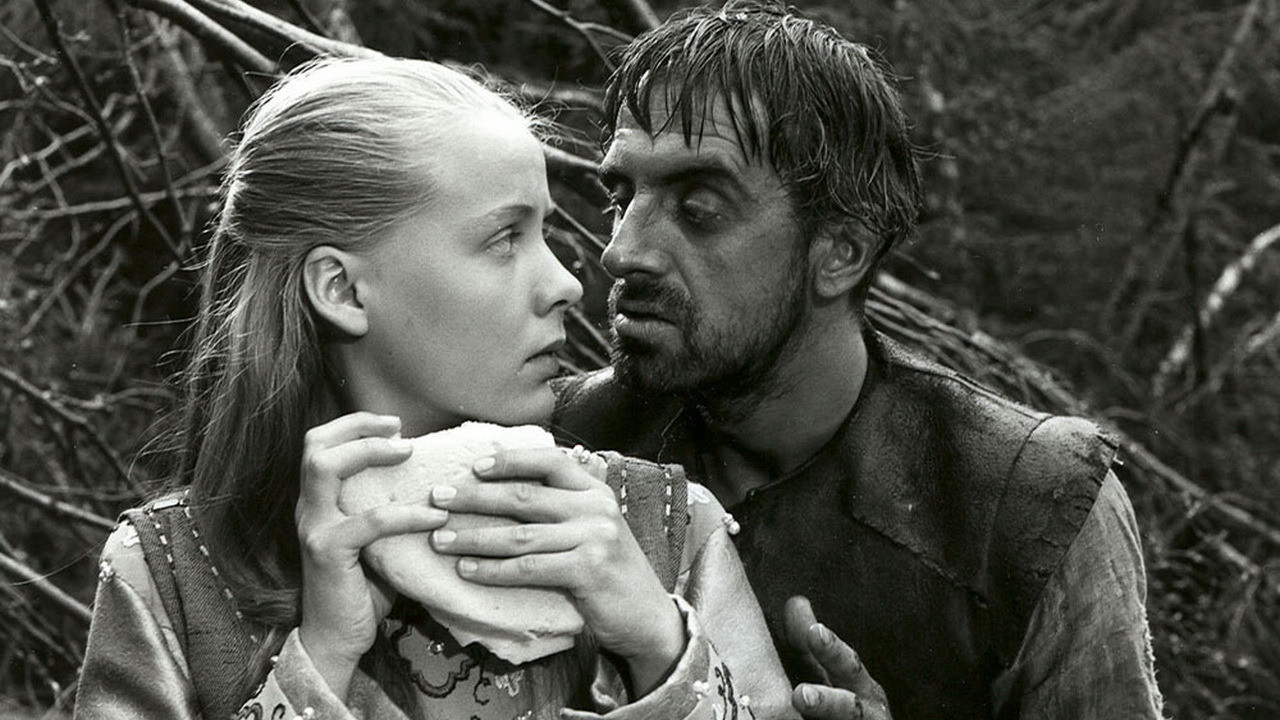
In 1960 Ingmar Bergman was coming out of a phase of complex filmmaking including his revered classic ‘The Seventh Seal’ (1957), with ‘The Virgin Spring’ he toned down the sub-textual layering he was known for and made a more simplistic movie based on a 13th century folk tale.
It tells an all too familiar story of a young girl being raped and murdered, the culprits are three goatherds who go on to ask for shelter from the girls father, condemning themselves when they try to sell him her bloody clothes. The girl’s father; a deeply religious man (Max von Sydow), kills the cuplrits in revenge. Despite it’s simplicity the film is not without symbolism.
Its sub-texts are more polarised though, Bergman deals in good vs evil, light vs dark and does so with a brutality and level of violence which proved controversial in its time. The cinematography is fantastic and was a first from Sven Nykvist, showing influences of Kurosawa. Max Von Sydow is a powerful figure as the girl’s father, ‘Töre’, a repentant man torn between vengeance and faith.
The final scene in which he offers prayer to God as a question of his faith is incredibly powerful. Oddly, ‘The Virgin Spring’ has found mixed critical reaction, but it does remain one of Bergman’s masterpieces. Bergman himself grew to be dismissive of the movie, but it did give him his first Oscar for Best Foreign Language Film in 1961 and spawned several remakes including ‘The Last House On The Left.’ (1972)
2. The Great Silence (1968)
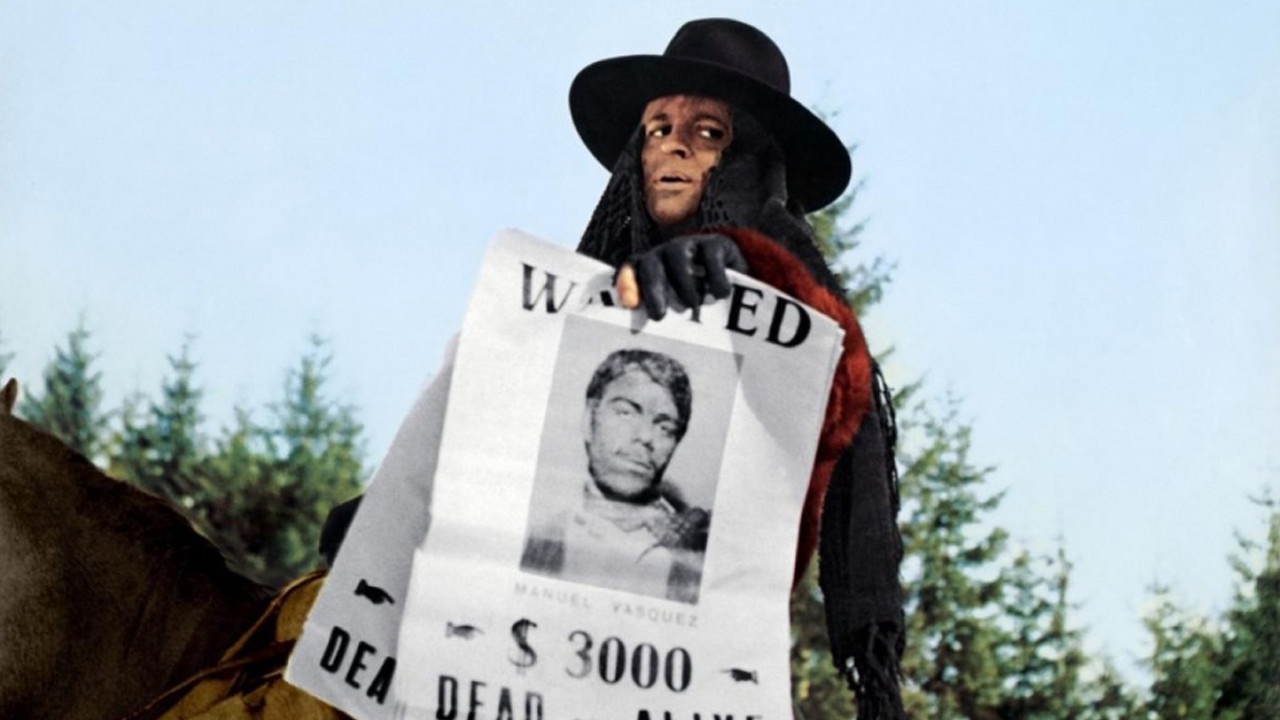
Any number of westerns could have made this list, revenge is a concurrent theme in the genre and the brutal morality of the ‘Wild West’ meant that vengeance was a constant element of the lives of those who made their way in the rapidly evolving society of America during the 19th century.
Sergio Corbucci’s masterful western; ‘The Great Silence’ (‘Il Grande Silencio’) perhaps represents that world’s harsh reality and the tenuous balance between life and death more than any other.
The plot revolves around 2 ethically opposed bounty hunters named ‘Silence’ and ‘Loco’, ‘Silence’ played by Jean-Louis Trintignant is a mute due to an injury in childhood given to him by an outlaw who killed his family.
The silence of the character fits the brooding performance by Trintignant but interestingly only became the characters primary characteristic when Trintignant took the role on the proviso he wouldn’t actually have to speak any dialogue. ‘Loco’, played by the great Klaus Kinski is a dangerous sociopath with an unhinged emotional approach to the job he does.
He also bears a few similarities in manner to the Christoph Waltz character in ‘Django Unchained’ (2012) (itself a homage to Corbucci’s other masterpiece, ‘Django’(1966)). The score is absolutely one of Sergio Leone’s best, the photography and the environment in which this is set (actually the Spanish Pyrenees) is absolutely sublime, and the ending is perhaps one of the most powerful and anti-hollywood in the genre.
3. The Last House On The Left (1972)
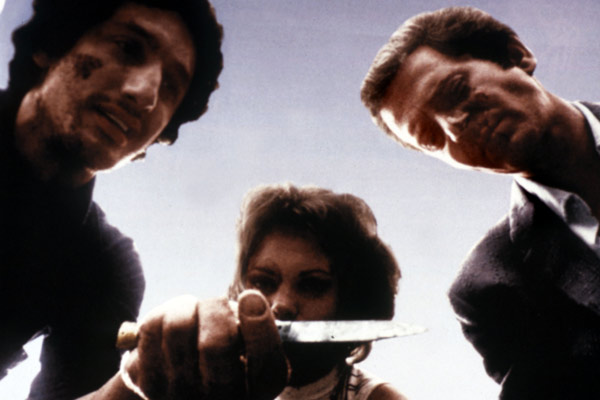
‘The Last House On The Left’ is a powerful, gritty example of guerrilla filmmaking. Directed by the late great Wes Craven and produced by Sean Williamson, both of who have gone on to success in the horror genre. It’s a film of uncomfortable brutality and atmospheric foreboding.
The movie is an update on Bergman’s ‘The Virgin Spring’ revolving around two young girls, ‘Mari’ and ‘Phyllis’, travelling to a concert, we learn over the radio that a gang of rapists and murderers have escaped from prison. The girls stop off to buy marijuana and walk right into the arms of the aforementioned convicts.
What follows is a shocking sequence of torture, rape and murder; which even by today’s standards is controversial. Craven shoots it with claustrophobic attention and doesn’t shy away from the savagery. Following their deaths the gang end up, by coincidence, seeking shelter at Mari’s parents house. Mari’s parents find out the truth of what has happened and together they take revenge on three of the gang in increasingly horrifying ways.
The casting was key and the highlight here is David Hess as the gang’s leader ‘Krug Stilo’, Hess gives a spellbinding performance, creating one of cinema’s great villains, a man of such savagery and power he forces one of the gang to commit suicide just by screaming at him. His intense portrayal of ‘Krug’ is juxtaposed with the often-times jaunty, folksy score of the film, composed by Hess himself, which serves to unsettle the viewer further rather than to soften the violenc. A great debut from a true horror great.
4. Coffy (1973)
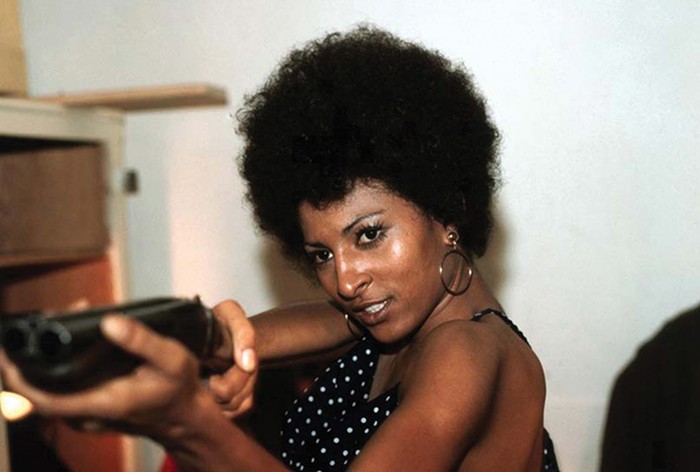
‘Coffy’ is a Blaxploitation movie starring the great Pam Grier, it’s possibly the Blaxploitation movie and made Grier a huge star in the 70s, its success resulted in the fast track production of its follow up movie, ‘Foxy Brown’ also starring Grier.
The narrative drops us right into the action as ‘Coffy’ kills a drug pusher in the opening scenes. We discover quickly that she’s out for vigilante revenge for her younger sister’s drug addiction. She uses her sexuality to get close to the upper echelons of the local drug/prostitution racket and discovers her outwardly respectable, congress bound boyfriend is heavily involved.
It’s a simple but highly effective narrative with all the tropes of the Blaxploitation genre, some of the racial language and sexual exploitation of women is pretty Neanderthal by today’s standards, but as a contemporary film of the time it’s a gem. The cinematography, soundtrack and script are all great and in opposition to some of the other entries in the genre, it has a strong anti-drugs message and gives us one of the great female heroines of the 70s in ‘Coffy’.
Grier is a beautiful woman and the film ensures this is showcased without any doubt, but she also brings a powerful energy to the role, she turns off the sexuality she uses so craftily and throws herself with intensity into the physical action scenes and despite the dominant male characters who treat women as an amusement or a commodity, we are never in doubt about who is in control.
5. Thriller: They Call Her One Eye (1973)
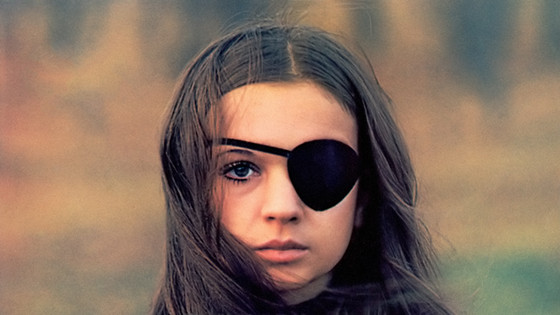
This is one of the more notorious movies on the list, known by various titles depending on the country of release, but most widely known as ‘They Call Her One Eye’. It tells a bleak tale of a young Swedish girl named ‘Frigga’ (played by the beautiful Christina Lindenberg), she is raped as a young girl and becomes mute due to the trauma. Later, as a teenager she is kidnapped by a sleazy pimp who gets her hooked on heroin before forcing her into prostitution.
‘Frigga’ resists and her captor cuts out one of her eyes to teach her a harsh lesson. She shows a well of resilience against her circumstances and begins to put a plan into motion which sees her using the money she makes through prostitution to pay for lessons in martial arts, driving and firearms. With these new skills and a sawn-off shotgun, she eventually takes a brutal revenge on all who have wronged her.
Pacing issues and gratuitous use of slo-mo aside, its an eminently watchable and entertaining movie, infamous for its inclusion of hard-core pornography in its uncut form, but available in a version without this; it’s a must for exploitation fans.
The director, Bo Vibenius was actually assistant director on a couple of Bergman classics and this translates to a surprising level of quality camera work and editing for a low budget movie of this genre. Its most well known legacy has been the main characters inspiration on Tarantino for his ‘Elle Driver’ (Darryl Hannah) in ‘Kill Bill’ (2003).
6. Death Wish (1975)
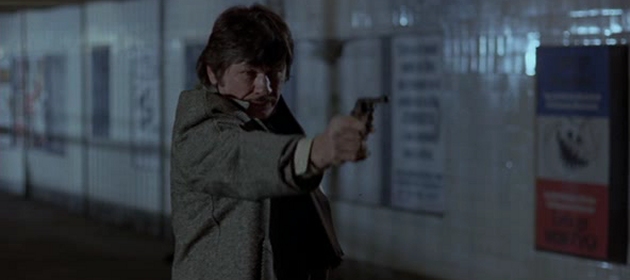
A bona-fide classic and one of the most well-known revenge movies in the genre. It stars Charles Bronson as ‘Paul Kersey; a mild mannered family man with a good job in New York. When muggers break into his house, killing his wife and sending his daughter mentally broken, he decides to take vengeance on the criminal populace of the city by becoming a vigilante killer.
He walks the streets at night, portraying a vulnerable figure in the hope that muggers will attack him. His plan is successful and he racks up an impressive body count, shooting his attackers dead with pinpoint accuracy.
The press dub him ‘The Vigilante’ and he becomes the subject of a manhunt. The public as well as areas of the police express sympathy for his cause whilst the media reports a significant drop in street crime leading to obvious questions for the viewer on the morality of vigilante justice.
Michael Winner directs and creates New York as a dystopian futurescape of uncontrollable danger and violence. Bronson as ‘Kersey’ is a couple of decades into his impressive career here but still cuts a confident, intimidating figure. It was a classic, franchise spawning movie which encompassed the raw filmmaking style of the 1970s, not to be missed. Also, look out for a young Jeff Goldblum in his screen debut.